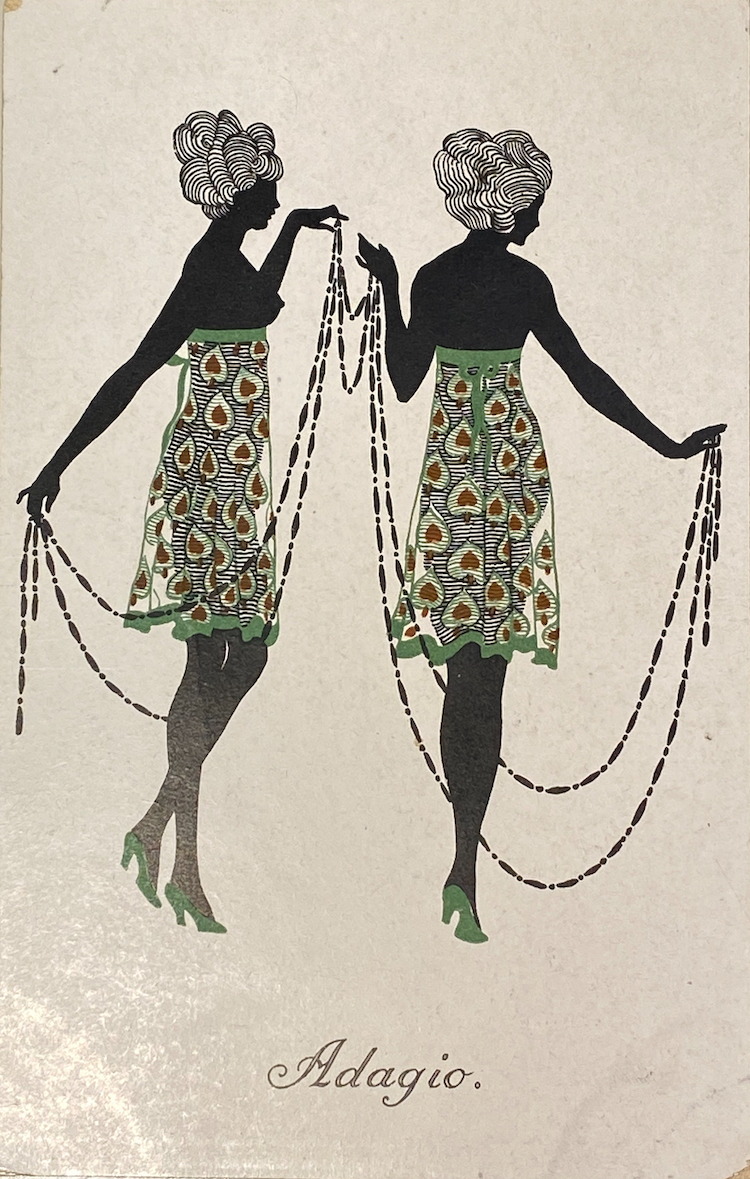Discover Silhouetten

With Bas Wiegers conducting, the Concertgebouw Orchestra will play a programme full of colours, melody, jazz and sounds from the East. One of the pieces is Silhouetten by Amsterdam-born composer Leo Smit.
concert 12 oktober concert 13 oktober
Dancing silhouettes
The cover page of the draft version of Silhouetten has ‘Naar teekeningen van Paul Süss’ in the composer’s handwriting. The piece’s six short movements were inspired by a set of postcards entitled Tanz Silhouetten from the 1920s, drawn by a relatively unknown artist from Munich, Paul Süss. Five of the six movements of Smits’ composition Silhouetten have the same titles that Süss used.

Adagio
It is not entirely clear how much Smit was actually guided by Süss’s risqué and slightly absurdist pictures. Listening to the music, one suspects that he had many more sources of inspiration and that his head was full of ideas.
Some of the pictures can be literally heard in the music. For example, there is a soft tinkling in the dreamy and mysterious Adagio that may just be a reference to the long beaded necklaces being played with by the two women depicted on the postcard.

Cappricio
The Allegro’s lively energy may have been inspired by the playful child in the picture. In the Capriccio there is a frenetic passage in which it’s easy to imagine the women and the monkey in the picture dancing vigorously together, waving a colourful scarf about.

Forte
The last movement, a foxtrot, was inspired by the picture entitled ‘Forte’. A lady in a diaphanous dress is striking the cymbals, followed by a monkey with a bell tied to its tail. The cymbals have a prominent role in this movement.
Leo Smit (1900-1943)
The promising young composer Leo Smit was still studying at the conservatory in Amsterdam when he wrote Silhouetten. In 1925 it was premiered by the Concertgebouw Orchestra. Smit unfortunately would not live to be very old; he died in 1943 in the Sobibor concentration camp. After the Second World War his work was forgotten. The efforts of the Leo Smit Foundation (Stichting) have sparked a reawakening of interest not only in the work of Smit himself, but in that of many other Jewish composers who perished in the holocaust.
This text is based on an article by Carine Alders in Preludium. You can read the full article (in Dutch) about Leo Smit and Silhouetten here.
